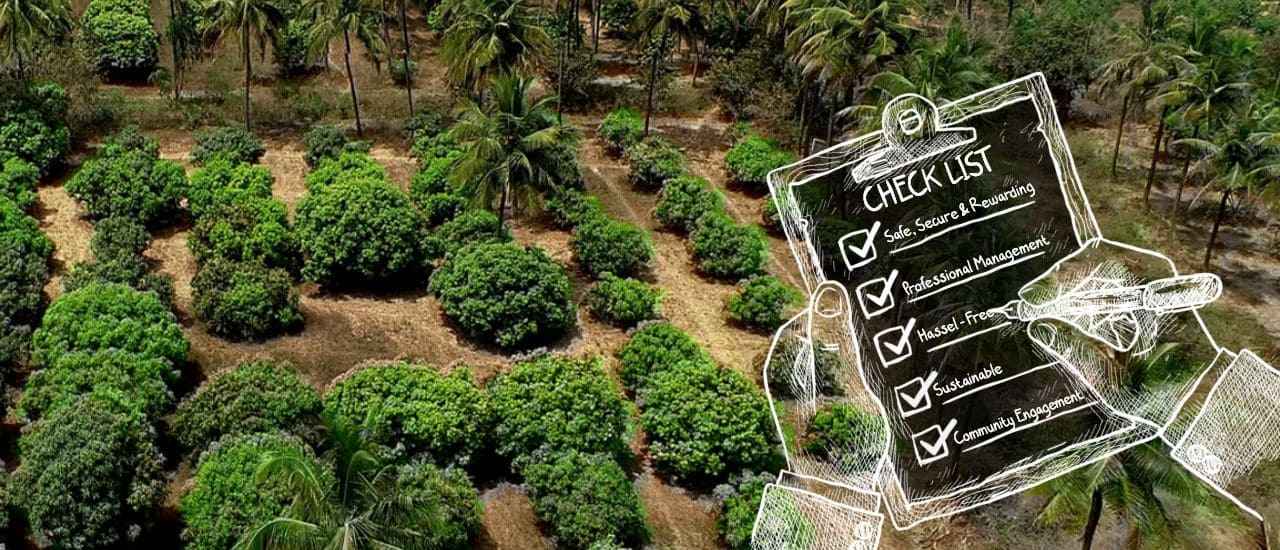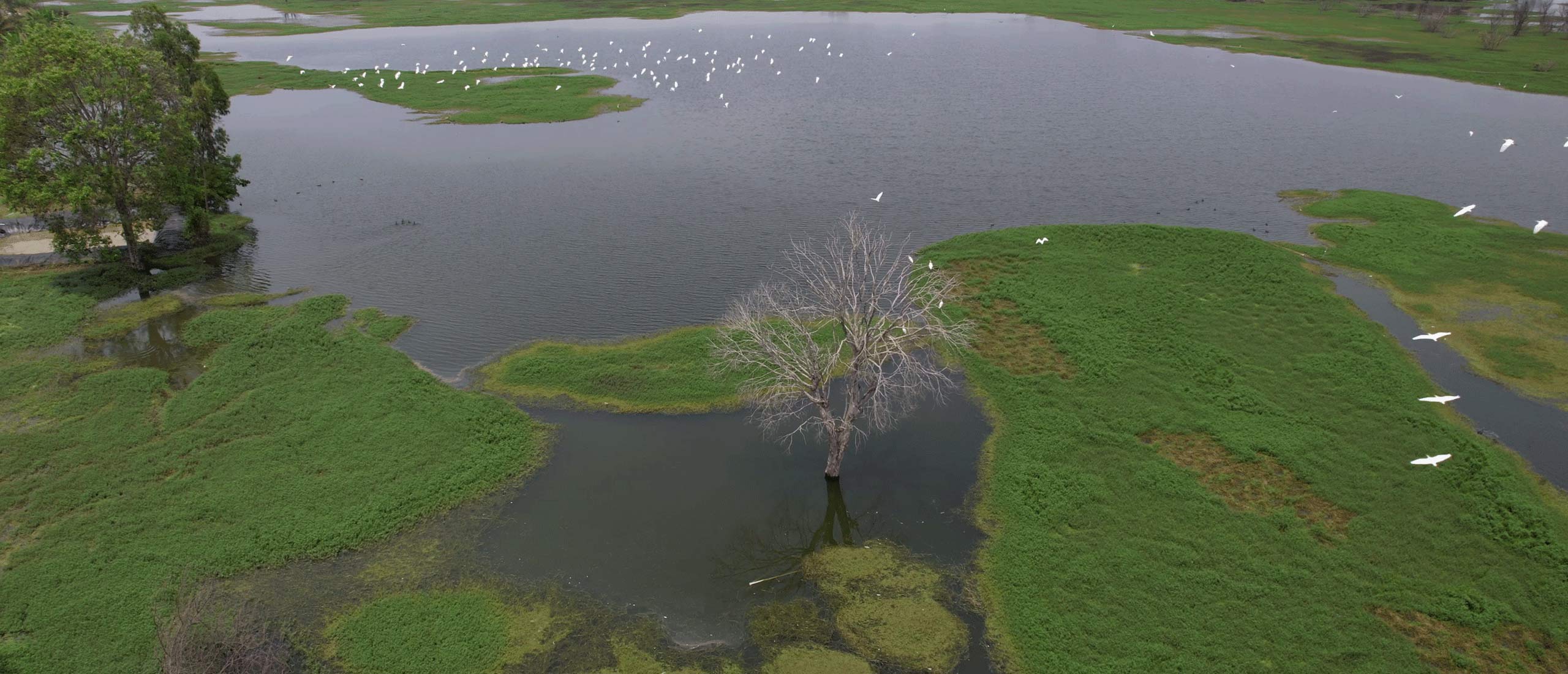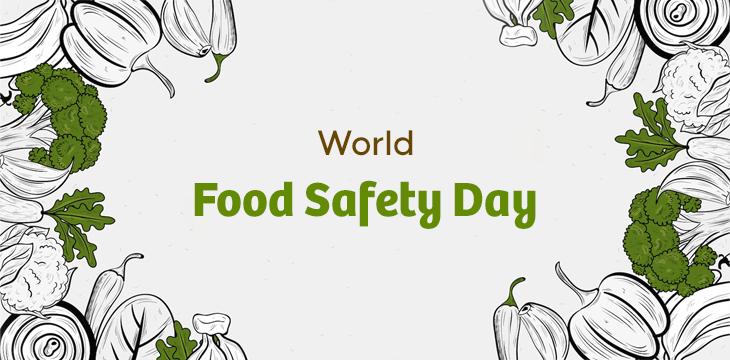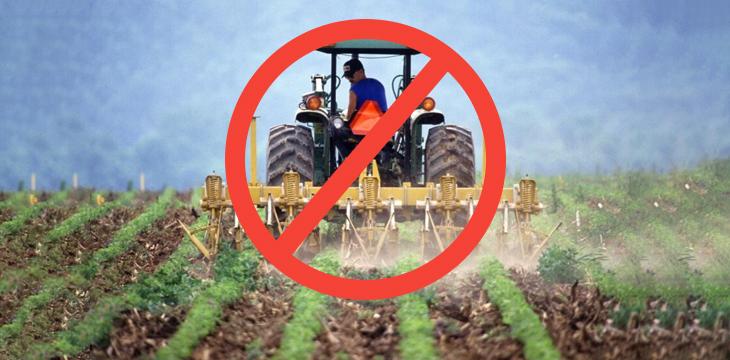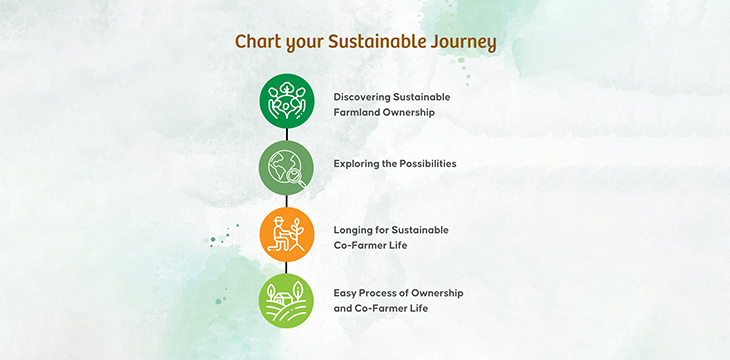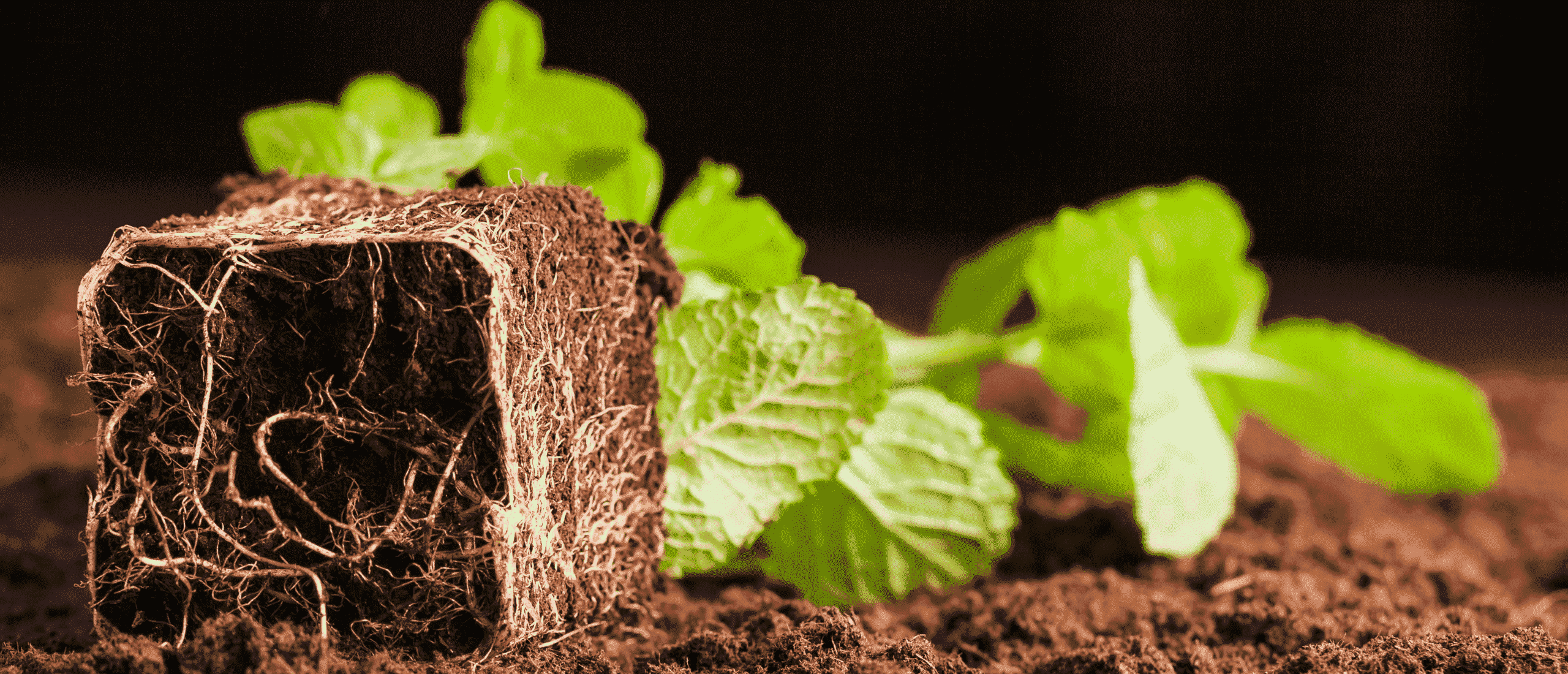April 6, 2023
Author: Srinivas Abhilash
World Health Day is an annual event that aims to raise awareness about the importance of good health for everyone. The theme for the year 2023 is, “Health For All, which emphasizes the significance of healthy living environments in transforming people’s lives.
The first law of ecology, formulated by the famous ecologist Mr. Barry Commoner in his book “The Closing Circle, Nature, Man & Technology,” states that everything is related to everything else. This law highlights how ecosystems are complex and interconnected, with each species playing a unique role in maintaining the balance of the ecosystem. Human life, too, is an integral part of this delicate balance, just like a single thread in a complex web. However, in recent decades, human activities have disrupted this balance by causing damage and destruction to the environment. By ignoring the interconnectedness of all things, we have put the delicate tapestry of biodiversity at risk, causing many species to become endangered or even extinct.
Renowned ecologist Mr. Eugene Odum highlighted that many environmental problems stem from our failure to properly value nature’s goods and services. Unlike human-made products, market forces that regulate natural resources and ecosystems do not consider their value, which leads to environmental degradation. It’s crucial to understand that our actions have consequences that ripple throughout the ecosystem. If we keep disregarding the interconnectedness and interdependence of all things, we will continue to damage the delicate balance of the environment.
On the other hand, if we acknowledge and embrace the interconnectedness of all life, we can work towards a sustainable future where all species can live together and a harmonious whole can be created. This makes sure that every species has a unique place to live and thrive in a healthy environment, like the intricate pieces of a puzzle, fitting together perfectly and will also restore the balance of the ecosystem, creating a brighter future for ourselves and all other living creatures on this planet.
When we talk about creating a healthy environment, we cannot ignore the essential concepts of environmental sustainability and biodiversity. They are like two peas in a pod and rely on each other.
Biodiversity is vital for creating a sustainable environment because it helps to keep our ecosystems healthy and provides resources like clean air, water, and fertile land for growing food. Conversely, environmental sustainability is essential for preserving biodiversity by encouraging the responsible use of natural resources and limiting our impact on ecosystems.
If we invest in creating healthier environments that prioritize both environmental sustainability and biodiversity, we’re essentially creating an insurance policy for our health and well-being. By promoting a sustainable and diverse environment, we can make sure a better future for us, our families, and all other living organisms on the planet.


There are several ways to prioritize and promote environmental sustainability and biodiversity, some of which are as follows:
- Protecting natural habitats
- Promoting and supporting sustainable land-use practices
- Reducing pollution through conscious consumerism
- Support conservation efforts
Growing your food responsibly on your farmland and reducing the carbon footprint, whether as an individual or as part of a larger community such as a managed farmland, can help accomplish all of the above.
Farmland Ownership: Cultivating a Healthier Future for All
- Protecting Natural Habitats through Sustainable Farming Practices
-
- All living organisms in a natural habitat work like a joint family, where they are interconnected and dependent on each other for their survival. In such a system, plants, animals, fungi, and microorganisms all have specific roles to play. These habitats are typically environments that provide everything animals and plants require to survive and reproduce. This includes things like food, water, hiding places, and the proper temperature.
- For example, plants use sunlight to produce food through photosynthesis, and animals consume those plants for energy. In turn, those animals may be preyed upon by other animals, which helps to control population sizes and prevents any one species from becoming too dominant.
- According to Mr. Paul Stamet, an American mycologist, fungi are the grand recyclers of the planet and the vanguard species in habitat restoration. They, along with other microorganisms act as catalysts in breaking down dead organic matter and recycling nutrients, which helps to keep the ecosystem healthy.
- Unlike in a competitive system, where individuals are primarily concerned with their self-interest, every organism in a natural habitat is concerned with the health and survival of the ecosystem, working for the health of all. They create a sustainable system that will support life for generations to come.
- Modern society is becoming more uniform, and this trend is reflected in farming practices. Monoculture satisfies urban consumption habits, but it harms the environment. Managed farmlands and farmers who practice sustainable and regenerative farming techniques, regardless of scale, prioritize planting native species and creating their own food forests that provide habitat and food for all living organisms. They also establish wildlife corridors, reflecting the permaculture ethics of earth care, people care, and fair share, which promotes healthy environments and natural habitats.
- If you’re an urbanite with a passion for farmland, there are opportunities to identify and support permaculture-based managed farmlands near Bangalore. Hosachiguru is one such platform that can help you find the perfect managed farm land in the region, allowing you to kick-start your journey into sustainable farming.
- With Hosachiguru, you can participate in and support sustainable farming practices that are secure, rewarding, and enabled by technology. The platform offers a cohesive approach to finding and investing in managed farmland, which can help cultivate a healthier future for all.
- All living organisms in a natural habitat work like a joint family, where they are interconnected and dependent on each other for their survival. In such a system, plants, animals, fungi, and microorganisms all have specific roles to play. These habitats are typically environments that provide everything animals and plants require to survive and reproduce. This includes things like food, water, hiding places, and the proper temperature.
- Promoting and supporting sustainable land-use practices
-
- Environmental-conscious farmers and professionally managed farmlands handle large parcels of land responsibly and work as per nature and nature’s laws. They adopt and use crop rotation methods, cover cropping techniques, and reduced tillage that promote and support sustainable land-use practices. These practices aid in developing soil health, reducing erosion, and sequestration of carbon in the soil. As a result, sustainable land use is promoted, and healthy environments are established.
-
- No-till farming, also known as reduced tillage, is a farming practice in which farmers minimize soil disruption during planting by leaving crop residues from previous harvests on the field. This protects the soil structure, improves water retention, and reduces soil erosion, all of which contribute to the long-term health of the soil. Reduced tillage also fosters the growth of microorganisms such as fungi and bacteria, which contribute to a healthy soil ecosystem.
- Cover crops are also an important tool for preserving soil health. They are grown to cover the soil in between crop cycles or during off-seasons. Cover crop roots help to hold the soil in place and break up compacted soil layers. They also enrich the soil with organic matter, which promotes biodiversity and enriches it with essential nutrients.
- Crop rotation is the practice of alternating different crops in the same field over time, rather than planting the same crop every year. This practice aids in the management of pests, diseases, and weeds, as well as the improvement of soil health by balancing nutrient demands and reducing soil depletion. It also aids in carbon sequestration in the soil, which means it pulls carbon dioxide from the atmosphere and stores it in the soil.
- Hosachiguru Managed farmlands near Bangalore have planted more than 1 million trees in the last 10+ years and employ all the above-mentioned practices to make sure biodiversity is safeguarded, soil fertility is enhanced, and healthy environments for all are established.
- Reducing pollution through conscious consumerism
-
- Industrial farming practices use harmful chemicals to increase yields at the expense of the environment and biodiversity. As consumers, we can drive change by being aware of how our food is grown, processed, and delivered. Also, by making mindful choices and demanding safe and sustainable food, we can influence the supply chain. Every purchase is a moral decision, so we should see ourselves as curators rather than consumers. Informed decisions create demand for quality, which can lead to improvements in the supply chain. It’s high time we moved from consumerism to conscious consumerism.
-
- Quality-conscious consumers prioritize long-lasting products and practice the “less is more” philosophy. They drive demand for indigenous produce that is locally grown using sustainable farming methods creating a ripple effect to combat environmental pollution and climate change for a healthier world.
- Over a thousand individuals have joined Hosachiguru’s co-farming initiative, becoming conscious consumers and reducing their carbon footprint in the process.
- Supporting Conservation Efforts
-
- Farmland owners can help conserve natural resources and create healthy environments by planting riparian buffers, restoration of wetlands, and protecting endangered species.
- Planting riparian buffers along waterways improves water quality by reducing nutrient and sediment runoff, which protects aquatic life and benefits human health through safe drinking water, swimming, and recreation.
- Restoring wetlands on farmland provides ecosystem services such as flood control, wildlife habitat, and carbon sequestration. It improves local ecosystems and mitigates climate change, ultimately benefiting human health.
- Protecting endangered species on farmland preserves biodiversity, which is crucial for healthy ecosystems and essential services such as pollination, pest control, and soil health. It promotes the long-term health and resilience of local ecosystems, benefiting human health.
- Hosachiguru’s managed farmlands prioritize inclusivity. Madhuvana Farms by Hosachiguru is one such example that serves as a prime example. Its Riparian zones, situated next to streams and ponds, support biodiversity and provide shelter for native fauna while stabilizing banks and mitigating flash floods. These efforts embody the permaculture ethics of earth care, people care, and fair share.
- Farmland owners can help conserve natural resources and create healthy environments by planting riparian buffers, restoration of wetlands, and protecting endangered species.
Conclusion
The importance of creating healthy environments cannot be overstated, as it is the key to achieving Health for All. As the Arabian proverb wisely states, “He who has health has hope, and he who has hope has everything.” Without good health, individuals are unable to fully participate in their communities, pursue their goals, and enjoy their lives. Therefore, we must adopt a proactive approach to health by prioritizing nutrition, and sustainable living.
As Thomas Edison once said, “The doctors of the future will no longer treat the human frame with drugs, but rather will cure and prevent disease with nutrition.” By creating healthy living environments through farmland ownership and through managed farmlands, especially for urbanites, we can empower individuals, families, and communities to take charge of their health and well-being and enhance self-care. Hosachiguru is proud to have more than 1000-plus co-farmers who are working towards carbon sequestration and building healthy environments for themselves and their families.

